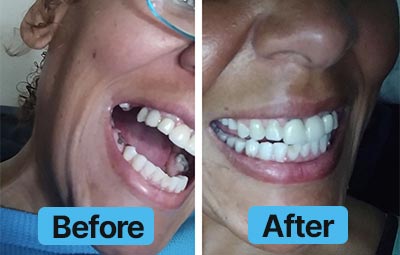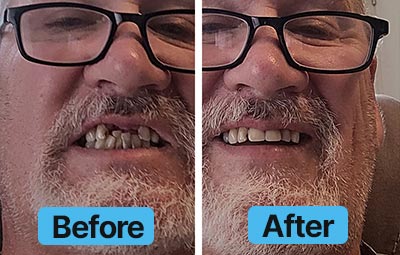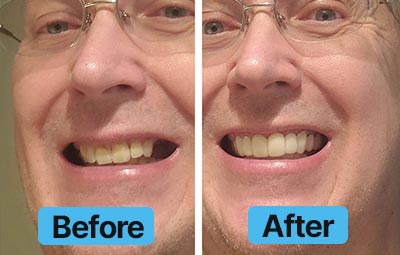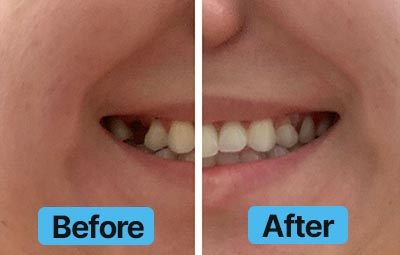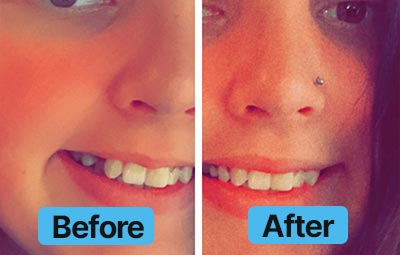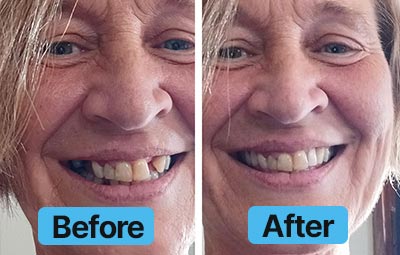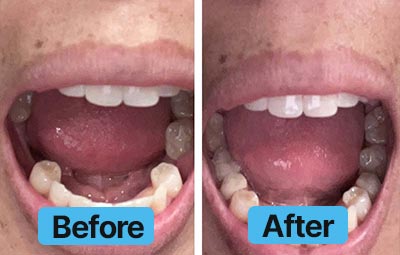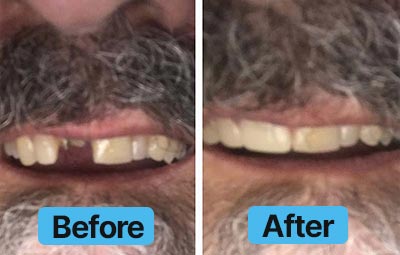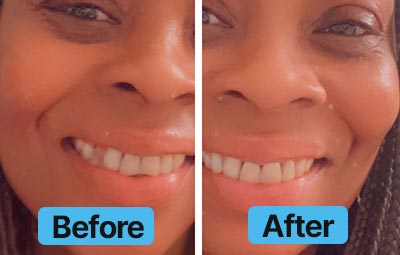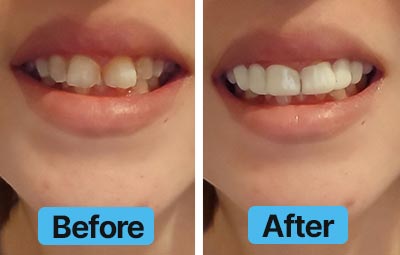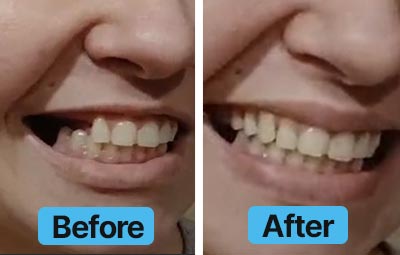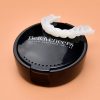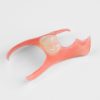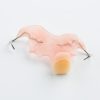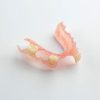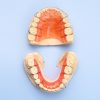
When it comes to addressing missing teeth, all the options out there can sometimes be overwhelming. Two common solutions, flipper teeth and Essix retainers with a tooth, offer temporary relief for those awaiting more permanent dental treatments.
In this guide, we’ll explore the nuances of Essix retainers with tooth vs flipper teeth and highlight their similarities and differences. Understanding these two options will empower you to make informed decisions about your oral health and choose the solution that best suits your needs.
What is a Flipper Tooth?
A flipper tooth, also known as a flipper denture, is a removable partial denture used as a temporary tooth replacement solution. It is typically made of acrylic and has one or more prosthetic teeth attached to it, designed to fill the gap left by missing natural teeth.
Flipper teeth are usually used when a person has lost one to three teeth and they are waiting for a more permanent dental restoration, such as a dental implant or a fixed bridge. They are considered a temporary solution and are not intended for long-term use.
Overall, flipper teeth offer a cost-effective and non-invasive way to temporarily restore the appearance and function of missing teeth while waiting for a more permanent dental treatment.
What is an Essix Retainer with a Tooth?
An Essix retainer with a tooth is a type of dental retainer that includes a prosthetic tooth attached to it. Essix retainers are typically clear, removable retainers made of thin, transparent plastic material. They are often used to maintain the position of teeth after orthodontic treatment, such as braces or Invisalign.
The addition of a prosthetic tooth to an Essix retainer is done when a person has a missing tooth or teeth and wants a temporary and cosmetic solution. The prosthetic tooth is custom-made to match the appearance of the missing tooth and is attached to the retainer.
Essix Retainer with Tooth vs Flipper: Similarities
Dental flippers and partial dentures are both removable dental appliances used to replace missing teeth. But their similarities go beyond that.
- Temporary solutions: They are both designed to be temporary tooth replacement options
- Removability: Both Exiss retainers and flipper teeth are removable, allowing for easy cleaning and maintenance
- Comfort: They are generally considered comfortable to wear
- Non-invasive: Neither option requires surgical procedures or significant alterations to existing teeth
Essix Retainer with Tooth vs Flipper: Differences
Despite these similarities, it’s important to note that there are differences between the two options.
Essix Retainer
- Primarily used to maintain the alignment of teeth after orthodontic treatment
- Primarily clear, transparent, and thin
- Intended for longer-term use as orthodontic retainers but can serve as temporary tooth replacements
Flipper Tooth
- They are used to replace missing teeth and are not intended for orthodontic purposes
- Typically made of acrylic and include one or more prosthetic teeth attached to a base that fits the palate or gums
- Considered temporary and are often used as interim solutions while patients explore permanent tooth replacement options
Essix Retainers are primarily orthodontic retainers with the option of cosmetic tooth replacement. At the same time, flippers are specifically designed as temporary solutions for tooth replacement and lack the alignment-maintenance feature of Essix retainers. The choice between the two depends on the patient’s dental needs and the recommendation of the dental professional.
Non-Invasive Dental Treatment to Fix Your Smile
Choosing between an Essix retainer with tooth vs flipper teeth depends on various factors. These temporary solutions can have a significant impact on your smile. They blend aesthetics and functionality and serve as vital stepping stones toward achieving your desired smile.
Dental Lab Direct’s range of partial dentures is a cost-effective way to regain your confidence to smile again.
Our three-step process ensures you’ll be proudly showing off your new smile in just 4 weeks.
 30 DAY warranty on all custom-made products | 1,000+ 5 Star ★★★★★ Reviews
30 DAY warranty on all custom-made products | 1,000+ 5 Star ★★★★★ Reviews

